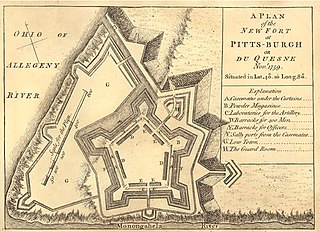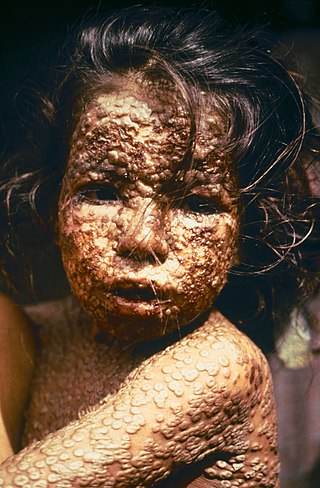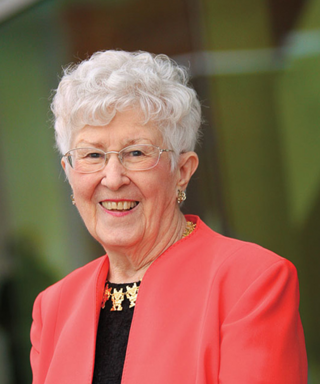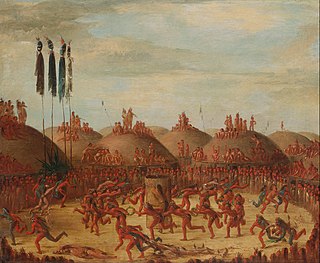
Cotton Mather was a Puritan clergyman and author in colonial New England, who wrote extensively on theological, historical, and scientific subjects. After being educated at Harvard College, he joined his father Increase as minister of the Congregationalist Old North Meeting House in Boston, Massachusetts, where he preached for the rest of his life. He has been referred to as the "first American Evangelical".

The University of Colorado Boulder is a public research university in Boulder, Colorado, United States. Founded in 1876, five months before Colorado became a state, it is the flagship university of the University of Colorado system. CU Boulder is a member of the Association of American Universities and is classified among R1: Doctoral Universities – Very high research activity.

The Arikara, also known as Sahnish, Arikaree, Ree, or Hundi, are a tribe of Native Americans in South Dakota. Today, they are enrolled with the Mandan and the Hidatsa as the federally recognized tribe known as the Mandan, Hidatsa, and Arikara Nation.

The Mandan are a Native American tribe of the Great Plains who have lived for centuries primarily in what is now North Dakota. They are enrolled in the Three Affiliated Tribes of the Fort Berthold Reservation. About half of the Mandan still reside in the area of the reservation; the rest reside around the United States and in Canada.

The New World of the Western Hemisphere was devastated by the 1775–1782 North American smallpox epidemic. Estimates based on remnant settlements say at least 130,000 people were estimated to have died in the epidemic that started in 1775.

Durham Technical Community College is a public community college in Durham, North Carolina. The college serves Northern Durham County at its Northern Durham Center, and in Orange County at its Orange County Campus completed in 2008.

Hazel Estella Barnes was an American philosopher, author, and translator. Best known for her popularization of existentialism in America, Barnes translated the works of Jean-Paul Sartre as well as writing original works on the subject. After earning her Ph.D. in Classics from Yale in 1941, she spent much of her career at the University of Colorado. In 1979, Barnes became the first woman to be named Distinguished Professor at CU-Boulder. In recognition of her long tenure and service to the University, in 1991 CU established the Hazel Barnes Prize for faculty who best embody "the enriching interrelationship between teaching and research." In 1962, Barnes was the host of a television series, "Self Encounter: A Study in Existentialism", which ran for 10 episodes and appeared on National Public Television.

The siege of Fort Pitt took place during June and July 1763 in what is now the city of Pittsburgh, Pennsylvania, United States. The siege was a part of Pontiac's War, an effort by Native Americans to remove the Anglo-Americans from the Ohio Country and Allegheny Plateau after they refused to honor their promises and treaties to leave voluntarily after the defeat of the French. The Native American efforts of diplomacy, and by siege, to remove the Anglo-Americans from Fort Pitt ultimately failed.

The Colorado Buffaloes are the athletic teams that represent the University of Colorado Boulder. The university sponsors 16 varsity sports teams. Both the men's and women's teams are called the Buffaloes or, rarely, the Golden Buffaloes. "Lady Buffs" referred to the women's teams beginning in the 1970s, but was officially dropped in 1993. The nickname was selected by the campus newspaper in a contest with a $5 prize in 1934 won by Andrew Dickson of Boulder.

Patricia Nelson Limerick is an American historian, author, lecturer and teacher, considered to be one of the leading historians of the American West.

Valley Forge was the winter encampment of the Continental Army, under the command of George Washington, during the American Revolutionary War. The Valley Forge encampment lasted six months, from December 19, 1777, to June 19, 1778. It was the third and harshest of the eight winter encampments that Washington and the Continental Army endured during the war.
The 1837 Great Plains smallpox epidemic spanned 1836 through 1840 but reached its height after the spring of 1837, when an American Fur Company steamboat, the SS St. Peter, carried infected people and supplies up the Missouri River in the Midwestern United States. The disease spread rapidly to indigenous populations with no natural immunity, causing widespread illness and death across the Great Plains, especially in the Upper Missouri River watershed. More than 17,000 Indigenous people died along the Missouri River alone, with some bands becoming nearly extinct.

Smallpox was an infectious disease caused by variola virus, which belongs to the genus Orthopoxvirus. The last naturally occurring case was diagnosed in October 1977, and the World Health Organization (WHO) certified the global eradication of the disease in 1980, making smallpox the only human disease to have been eradicated to date.
The history of smallpox extends into pre-history. Genetic evidence suggests that the smallpox virus emerged 3,000 to 4,000 years ago. Prior to that, similar ancestral viruses circulated, but possibly only in other mammals, and possibly with different symptoms. Only a few written reports dating from about 500 AD to 1000 AD are considered reliable historical descriptions of smallpox, so understanding of the disease prior to that has relied on genetics and archaeology. However, during the 2nd millennium AD, especially starting in the 16th century, reliable written reports become more common. The earliest physical evidence of smallpox is found in the Egyptian mummies of people who died some 3,000 years ago. Smallpox has had a major impact on world history, not least because indigenous populations of regions where smallpox was non-native, such as the Americas and Australia, were rapidly and greatly reduced by smallpox during periods of initial foreign contact, which helped pave the way for conquest and colonization. During the 18th century the disease killed an estimated 400,000 Europeans each year, including five reigning monarchs, and was responsible for a third of all blindness. Between 20 and 60% of all those infected—and over 80% of infected children—died from the disease.
Ola Elizabeth Winslow was an American historian, biographer, and educator. She won a Pulitzer Prize in 1941 for her biography of Jonathan Edwards, an 18th-century American theologian whose basic writings she edited for Signet Classics.
Although a variety of infectious diseases existed in the Americas in pre-Columbian times, the limited size of the populations, smaller number of domesticated animals with zoonotic diseases, and limited interactions between those populations hampered the transmission of communicable diseases. One notable infectious disease that may be of American origin is syphilis. Aside from that, most of the major infectious diseases known today originated in the Old World. The American era of limited infectious disease ended with the arrival of Europeans in the Americas and the Columbian exchange of microorganisms, including those that cause human diseases. Eurasian infections and epidemics had major effects on Native American life in the colonial period and nineteenth century, especially.
John Hart was an American surgeon originally from Ipswich, Massachusetts who served as a Regimental Surgeon during the American Revolution. Following the Battles of Lexington and Concord, he left his medical practice in Georgetown Maine to serve his newly forming country in his home state of Massachusetts.

Loretta C. Ford is an American nurse and the co-founder of the first nurse practitioner program. Along with pediatrician Henry Silver, Ford started the pediatric nurse practitioner program at the University of Colorado in 1965. In 1972, Ford joined the University of Rochester as founding dean of the nursing school.

Encounters at the Heart of the World: A History of the Mandan People is a Pulitzer Prize-winning non-fiction history book by American historian Elizabeth A. Fenn about the Mandan people, a Native American tribe located in what is now North Dakota. It was published in 2014 by Hill and Wang. The book draws on a wide array of sources, including demographic, ethnographic, archaeological, epidemiological, and climatological research and records, as well as Fenn's own travels through the region.

Mitutanka (Matootonah) was the lower Mandan village at the time of the Lewis and Clark Expedition. At the time that Lewis and Clark visited the main chief was Sheheke.















